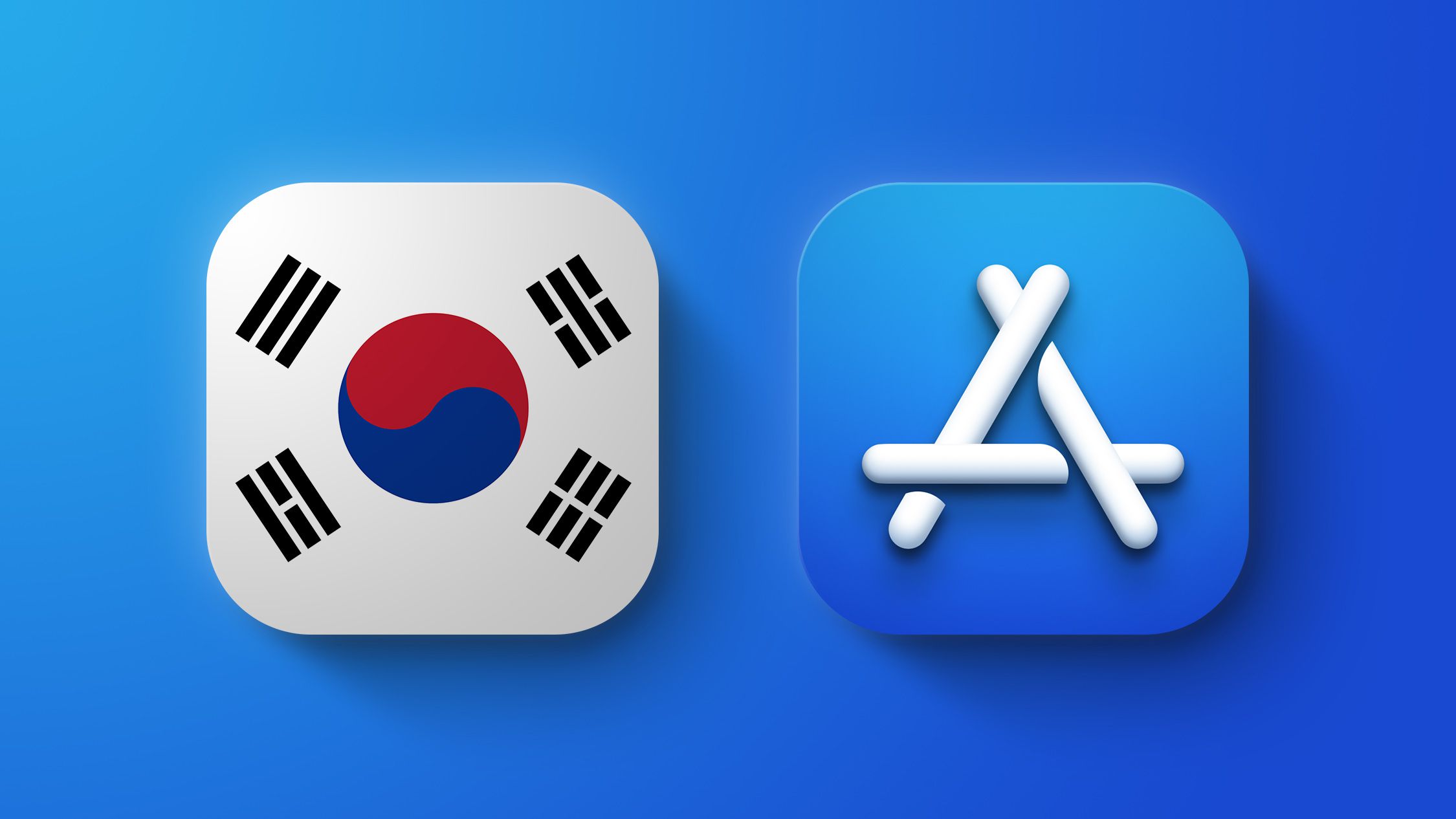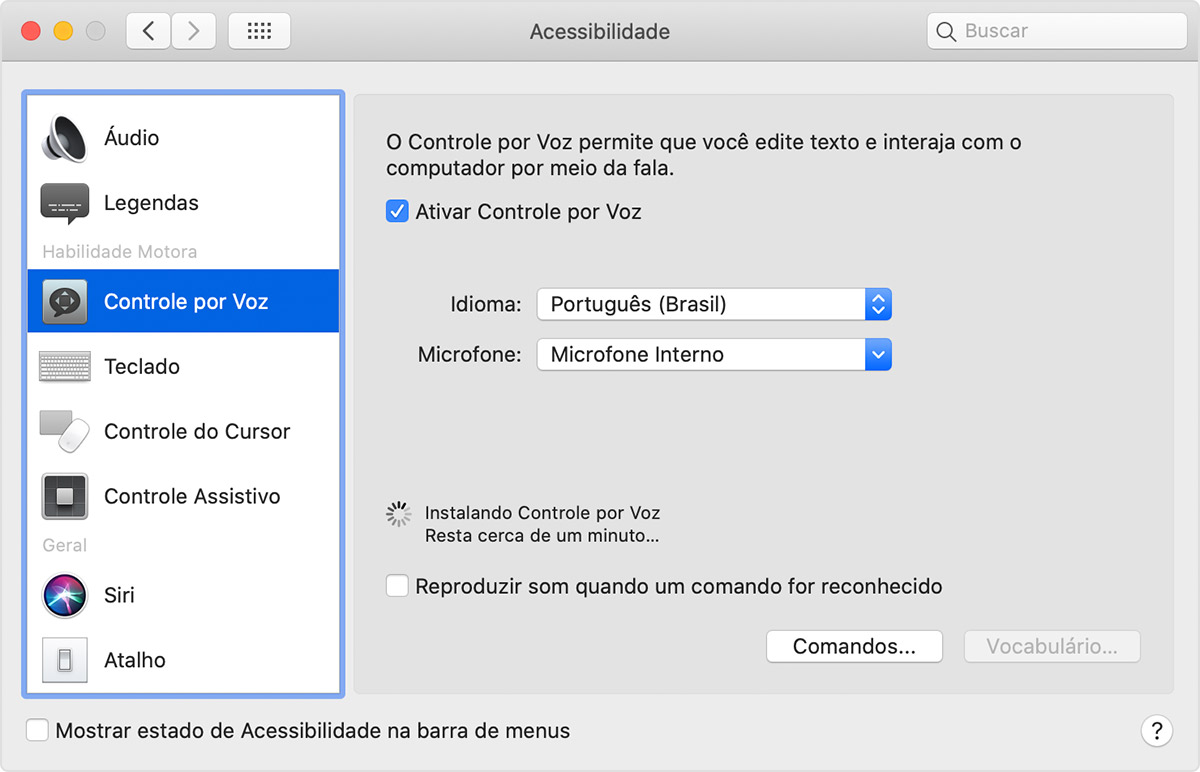

- #Use mac for developers install#
- #Use mac for developers update#
- #Use mac for developers code#
- #Use mac for developers password#
- #Use mac for developers download#
#Use mac for developers code#
Everyone has their preferences, but if you're just getting started and looking for something simple that works, Visual Studio Code is a pretty good option. With the terminal, the text editor is a developer's most important tool. Git config -global core.excludesfile ~/.gitignore bash_profile is the one that gets loaded, I've set it up to call the others): aliases attached to this document into your home directory (.
#Use mac for developers download#
We'll come back to the details of that later, but for now, just download the files. This is done (on macOS and Linux), in the ~/.bash_profile text file ( ~ stands for the user's home directory). We need to tweak a little bit our Unix user's profile for that. again and select Atom One Dark to activate the dark theme (or choose the light them if that's your preference). Repeat these steps for Atom One ermcolors.

> Import., find and open the Atom One ermcolors file we just downloaded. Then, in iTerm2 Preferences, under Profiles and Colors, go to Color Presets. Download the iTerm presets for the theme by running: There are many great color schemes out there, but if you don't know where to start you can try Atom One Dark. What follows might seem like a lot of work, but trust me, it'll make the development experience so much better.įirst let's add some color. Since we spend so much time in the terminal, we should try to make it a more pleasant and colorful place. Close the window and open a new one to see the size change. When done, hit the red "X" in the upper left (saving is automatic in macOS preference panes).

Finally, under the section Window, change the size to something better, like Columns: 125 and Rows: 35. Under the section General set Working Directory to be Reuse previous session's directory.

In the tab Profiles, create a new one with the "+" icon, and rename it to your first name for example. In iTerm2 > Preferences., under the tab General, uncheck Confirm closing multiple sessions and Confirm "Quit iTerm2 (Cmd+Q)" command under the section Closing. Let's just quickly change some preferences. You can now launch iTerm, through the Launchpad for instance. In Finder, drag and drop the iTerm Application file into the Applications folder.
#Use mac for developers install#
Since we're going to be spending a lot of time in the command-line, let's install a better terminal than the default one. iCloud: If you haven't already done so during set up, enable Find My Mac.Security & Privacy > FileVault: Make sure FileVault disk encryption is enabled.
#Use mac for developers password#
#Use mac for developers update#
I'm trying to keep it simple!įirst thing you need to do, on any OS actually, is update the system! For that: Apple Icon > About This Mac then Software Update. This guide was originally written for some friends getting started with programming on a Mac, and as a personal reference for myself. The steps below were tested on macOS High Sierra (10.13), but should work for more recent versions as well.Ĭontributing: If you find any mistakes in the steps described below, or if any of the commands are outdated, do let me know! For any other suggestions, please understand if I don't include everything. The document assumes you are new to Mac, but can also be useful if you are reinstalling a system and need some reminder. You may not need all of them for your projects, although I recommend having them set up as they always come in handy. We will set up popular programming languages (for example Node (JavaScript), Python, and Ruby). This document describes how I set up my developer environment on a new MacBook or iMac.


 0 kommentar(er)
0 kommentar(er)
